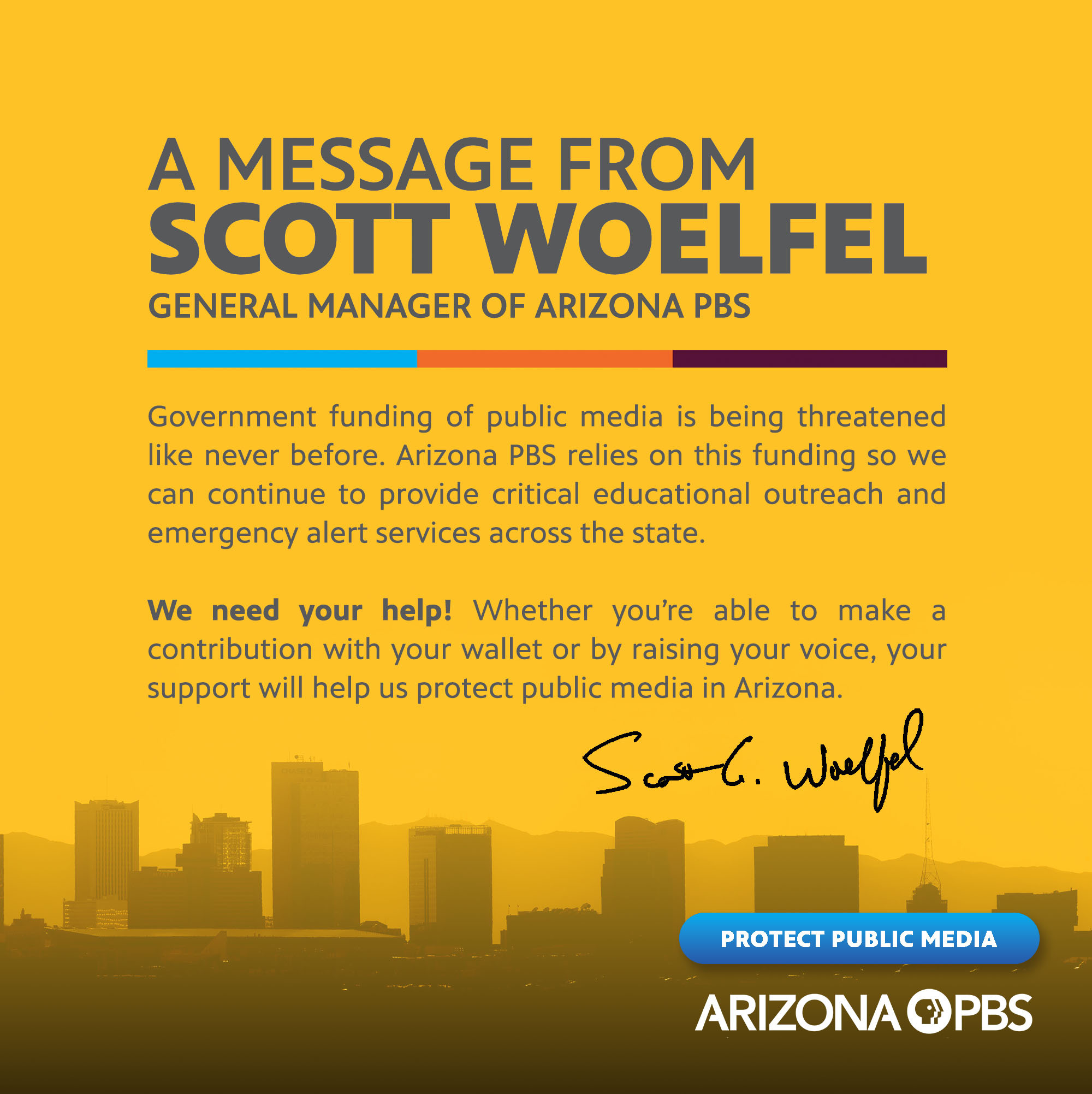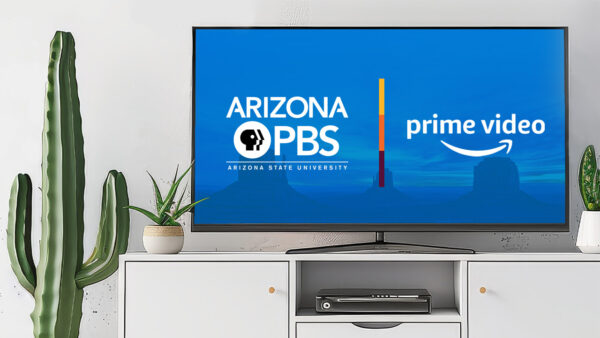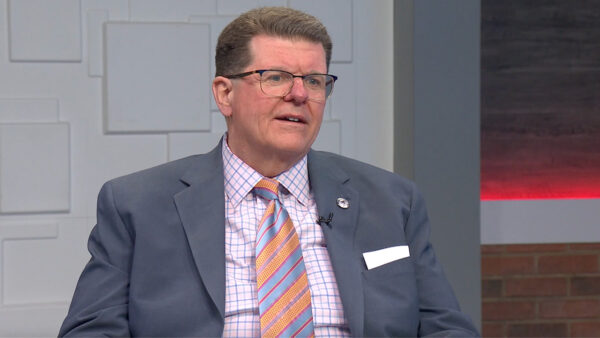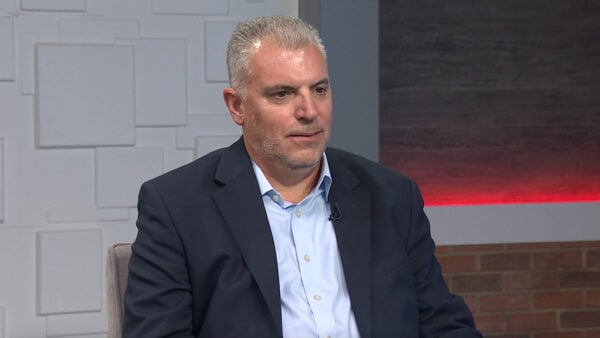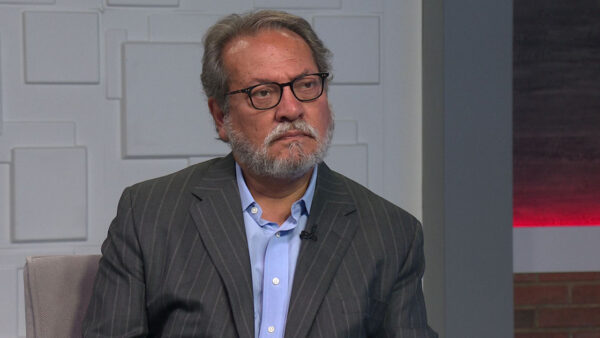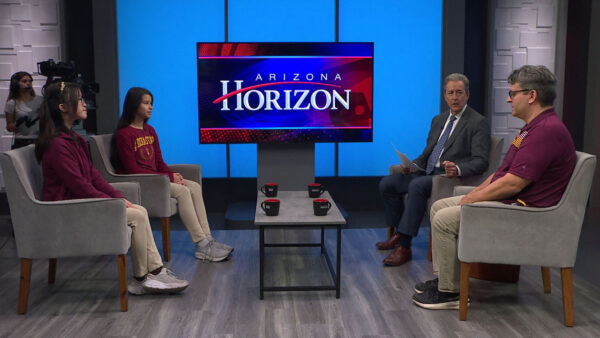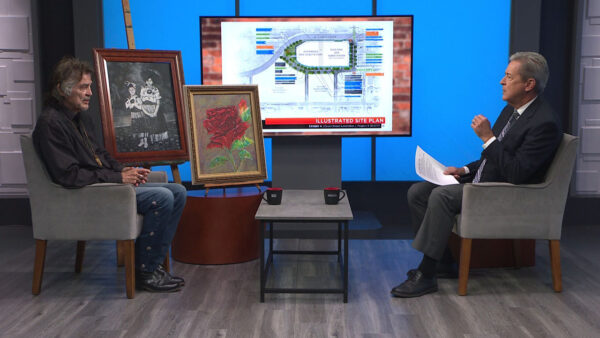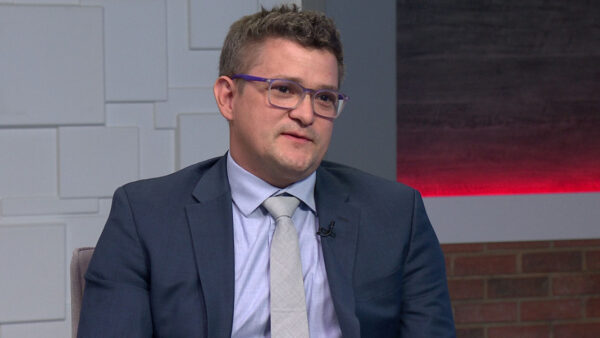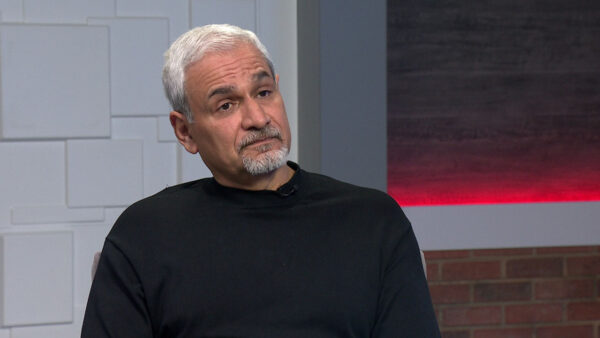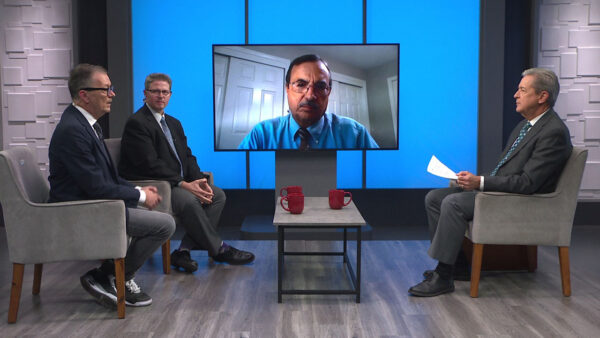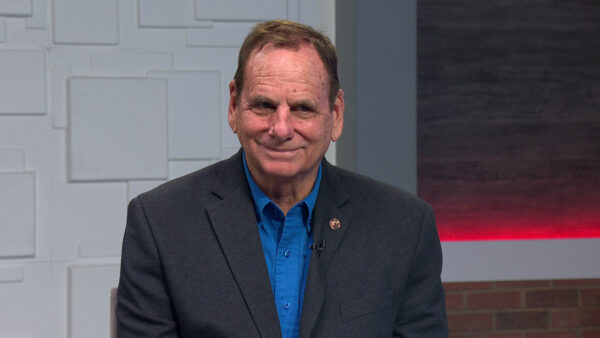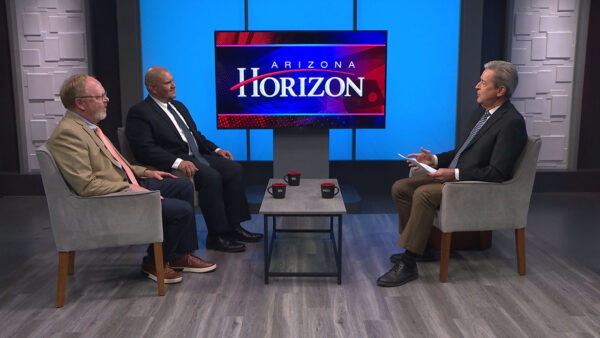A bridge has collapsed on Interstate Ten in southeastern California, shutting down the main route between Phoenix and Los Angeles indefinitely. Doug Nintzel of the Arizona Department of Transportation will being us up to date.
TED SIMONS: Coming up next on "Arizona Horizon," a look at freeway infrastructure after the collapse of an I-10 bridge in California. The strongest El Nino in decades is expected for this winter. And we'll learn how to make the best decisions in caring for the elderly. Those stories next on "Arizona Horizon." Arizona Horizon" is made possible by contributions from the Friends of Eight, members of your Arizona PBS station. Thank you.
TED SIMONS: Good evening and welcome to "Arizona Horizon," I'm Ted Simons. Interstate-10, the main artery between Phoenix and Los Angeles, is cut off because of a freeway bridge collapse in southeastern California. The roadway is closed indefinitely. Joining us now is Doug Nintzel of the Arizona Department of Transportation. Thank you for coming in. Where exactly is this bridge located?
DOUG NINTZEL: Well, I have to talk about California as an ADOT spokesperson, but yes. This location, I-10 is about 15 miles to the west of the Arizona state line, so that's desert center. Anybody who's headed to Disneyland knows that's the long stretch and kind of a remote area as you're making your way over to the Los Angeles area and back. That's what we're dealing with, because it does affect us here in Arizona with the travel and the very important commerce coming back and forth between our two states.
TED SIMONS: And again, you are with the Arizona Department of Transportation, this is a Cal-Trans kind of a question. What happened with this bridge?
DOUG NINTZEL: Just a lot of rain in a short period of time but We do know what has happened in terms of Dolores as a storm and the remnants of a former hurricane ended up dumping a lot of rain on that area of part of California. So there's no doubt a lot of water was coming down a wash and undermined the bridge in some way in terms of that pavement collapsing.
TED SIMONS: I-10 is closed. It was earlier closed in Quartzsite, is that still the case?
DOUG NINTZEL: No, the good news is in terms of being able to tell folks you're not having to stop at the Arizona border, you can go on I-10 into California. State Route 177 is just before where this has occurred, and you can take that highway north and then west on Highway 62, which takes you into the Palm Springs area. Cal Trans has set up those detour routes and there's also a detour route for folks coming back from Los Angeles. They can use Highway 86, which leads you down to I-8. I guess I should mention that from the standpoint obviously of I-40 in Northern Arizona or I-8, the highway towards San Diego are the interstate highways that are still available.
TED SIMONS: So an option would be to go down to Casa Grande, take 1-8 to San Diego then go up to LA.
DOUG NINTZEL: That's correct.
TED SIMONS: Do we know, are those two-lane highways over there?
DOUG NINTZEL: Those are smaller highways, they're state routes, so I'm told those would be two-lane highways. It's something for folks to think about if they have travel plans.
TED SIMONS: We've heard this freeway is closed indefinitely. Give me a definition of "indefinitely."
DOUG NINTZEL: I can tell you that Cal Trans will certainly be investigating what has to happen. They're gonna have to spend some time determining what is the damage, what will it take to, first of all, make sure one side, the bridge that is still there, and whether they can open that to two-way traffic at some time. The other thing they would be concentrating on would be the other project that will be to fix the bridge that actually collapsed.
TED SIMONS: The bridge that collapsed was I guess rendered or deemed functionally obsolete. Talk us through this because you can have a functionally obsolete bridge or a structurally deficient bridge, which is not good. All bridges, federally,they look at all bridges and they put these designations in play, correct?
DOUG NINTZEL: They do and it is based on what happens with the inspection reports and how a bridge ultimately is rated or comes out on the grading scale, as to whether it's going to be listed as structurally deficient or functionally obsolete. The key thing is that even a more serious category like structurally deficient, it doesn't mean a bridge that's about to fall down. It means the repair needs have been identified through the inspection process, and it means that that bridge is likely going to be higher on the priority list when it comes to making repairs. Functionally obsolete is going to mean that in some way the bridge is not living up to, say, today's standards. It could be a more narrow bridge, it could be that a bridge has a clearance level that is not as high as today's standards would call for. And then you would have something where maybe the shoulders along the bridge are not as wide as we would like them to be, in terms of today's standards.
TED SIMONS: And that California bridge was functionally obsolete, as opposed to the more serious structurally deficient. In Arizona, how many structurally deficient bridges do we have and how many functionally obsolete bridges do we have?
DOUG NINTZEL: Well we do focus on structurally deficient here, I can tell you that on average we have about 100 bridges that would be on a structurally deficient list. We also have more than 4800 bridges along the state highway system. So you're talking about less than 2% of the state highway bridges are structurally deficient. We come out more in Arizona, we grade out as one of the top two or three states when it comes to the condition of our bridge inventory. We have to focus on those bridges as we have the available funding. We always have to bring that subject up, limited funding to work on things. The good news is working and focusing on preserving our existing infrastructure, we have worked with the state transportation board. They set aside $40 million per year on our preservation program, including the inspection of bridges and money that's going to go into these repairs, again, based on a priority system.
TED SIMONS: You mentioned limited funding. Why is the funding limited?
DOUG NINTZEL: Because we're dealing with an antiquated system in terms of when and where the funding comes from, and how it actually is moved forward. It is that we are a country that depends on gasoline taxes for funding transportation projects. Gasoline taxes for Arizona and around the country, they haven't been raised since the early 1990s. So we're trying to build a 2015 transportation system on an early 1990s funding mechanism. With vehicles getting better gas mileage, you're just not going to get the bang for the buck when it comes to that sort of thing. We're trying to get folks to understand that sort of thing. We have to make very difficult decisions to maintain the existing system that we have, and do the best job we can with that, and have limited funding for new projects or projects where folks would like us to add a new lane along the highway in a very busy area; we have to say it's coming, we're planning for it, but right now we just don't have the funding for that. And that's a real key thing.
TED SIMONS: And real quickly, is there any indication that that's going to change anytime soon?
DOUG NINTZEL: I'd like to say yes, but it's really going to come down to the policymakers. Right now the wrangling goes on in Washington, D.C. when it comes to the federal highway trust fund. We would like a reliable, sustainable funding system, and we would like the policymakers to think about something that might go beyond old levels of gasoline taxes and see, you know, what might happen. It's really going to come down to what the policymakers want when it comes to a transportation system. And it's going come down to what you and I and those of us who will speak up on the issue and say, we've got to change some things.
TED SIMONS: Well certainly things have changed along I-10 between Arizona and California. Doug,good to have you here. Thanks for joining us.
DOUG NINTZEL:Thanks, Ted.
VIDEO: Get the inside scoop on what's happening at Arizona PBS. Become an Eight Insider. You'll receive weekly updates on the most anticipated upcoming programs and events. Get the Eight Insider delivered to your email inbox. Visit azpbs.org to sign up today.
Doug Nintzel:Arizona Department of Transportation
